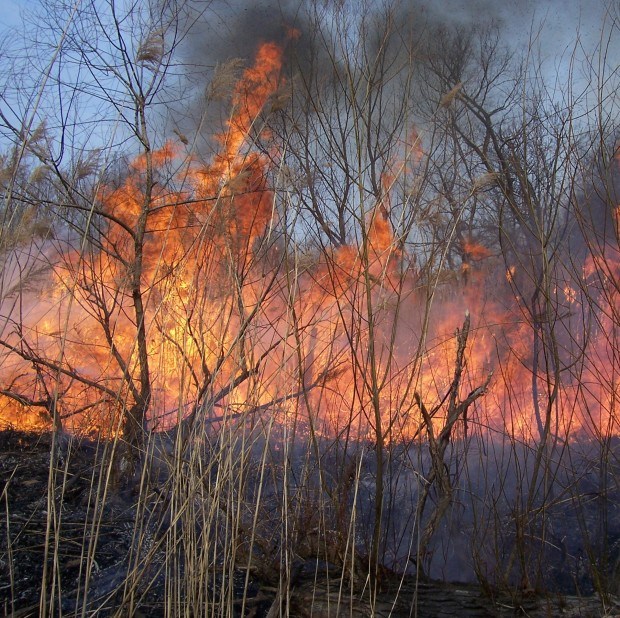The 2019 California wildfire season has not been as active as the record-breaking 2017-2018 seasons, but A.M. Best warns that a “new normal” trend of severe wildfires continues to challenge insurers, regulators and government agencies, as the separation between wildland and urban areas diminishes.

While the number of burned acres in 2019 is still well below the number reported last year through October, experts predict the greatest fire potential will occur from now through December as the Santa Ana winds pick up, A.M. Best said in its Best’s Commentary.
As of Oct. 28, northern California’s Kincade Fire has burned over 66,000 acres in Sonoma County and was only 5 percent contained. The wildfire has destroyed or damaged over 100 structures, with more expected. Meanwhile, in southern California, the Getty Fire poses a threat to an estimated 10,000 residential and commercial structures.
Insurers have taken extra steps to manage their exposure to the peril, using stricter underwriting practices for new business with identified wildfire exposure and reducing risk concentration in wildfire-prone areas. More E&S carriers have entered the market, and A.M. Best said the California FAIR plan (the last-resort insurer) may have to step in. State lawmakers are also doing their part; in July they approved a measure creating a $21 billion fund that state utilities can access to help pay for wildfire damage.
On the other hand, A.M. Best said that catastrophe modeling techniques for wildfire remain less sophisticated than for hurricanes and earthquakes, and some of these wildfires are occurring in areas classified as low to moderate risk.
A.M. Best noted that much of the market share in California is held by larger national companies with significant capital to manage the peril. However, the ratings agency said it expects to “see an uptick in reinsurance pricing in loss-affected areas, which would result in higher reinsurance costs for primary carriers, as well as a tightening of terms and conditions.”





















 Executives on the Move at Liberty Mutual, Cowbell, W. R. Berkley
Executives on the Move at Liberty Mutual, Cowbell, W. R. Berkley  Is the AI Boom a Bubble Waiting to Pop? Here’s What History Says
Is the AI Boom a Bubble Waiting to Pop? Here’s What History Says  First Atlantic Hurricane Forecast for 2026 Suggests Season Close to 30-Year Norm
First Atlantic Hurricane Forecast for 2026 Suggests Season Close to 30-Year Norm  What to Expect in 2026: U.S. P/C Results More Like 2024
What to Expect in 2026: U.S. P/C Results More Like 2024 





